Centered in present-day Turkey, the Ottoman Empire was once a dominant force in the Middle East and Eastern Europe. Over the years, it expanded significantly, mostly due to the conquering of lands in the Byzantine Empire. But it was after Mehmed II the Conqueror captured the capital of the Byzantium Empire, Constantinople, that the Ottoman Empire was recognized as one of the most powerful in the world.
At its height, the Ottoman Empire covered a vast territory, which meant that it encompassed numerous cultures, but at the same time, the empire underwent numerous changes in its culture, arts, and architecture. The most significant changes came about when Constantinople was made the capital of the Ottoman Empire.
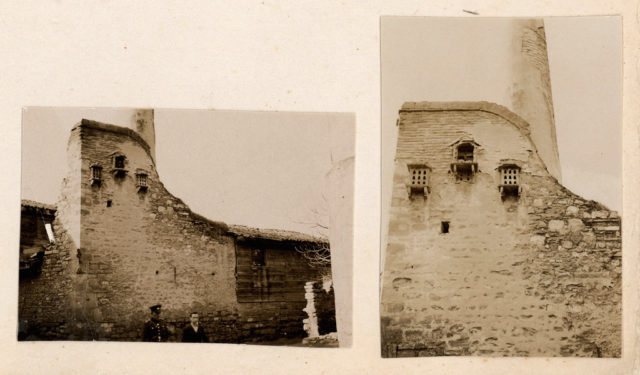
The city became the focal point of Ottoman artistic and architectural achievements. Hagia Sophia, once the largest cathedral in the world and a symbol of the greatness of the Byzantine Empire, was transformed into an imperial mosque and served as an inspiration for prominent Ottoman architects.
Known for its impressive masonry, Ottoman architecture gave the world countless beautiful mosques, palaces, and fortresses. A great number of those buildings were destroyed, either by natural disasters or wars, but many have stood the test of time, providing a visual delight for generations to come.
One of the most interesting elements of Ottoman architecture was the elaborate miniature birdhouse. Affixed to the outer walls of a wide variety of buildings and even fountains, these multi-storey mansions designed to accommodate birds are unforgettable.
The charming miniatures are so much more than birdhouses, they are also proof of people’s unconditional love and compassion for animals.
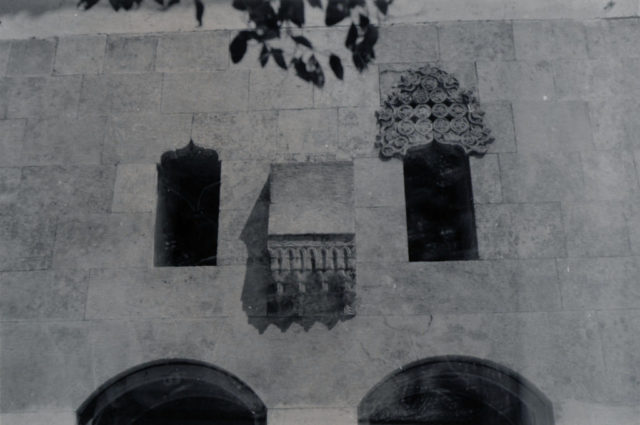
Since ancient times, birds have been regarded as sacred, and the Ottomans demonstrated a close connection with them on many levels. Although the history of houses built for wild birds goes back years before the Ottoman Empire appeared, there is no other culture that expresses so much respect for birds as the Ottoman.
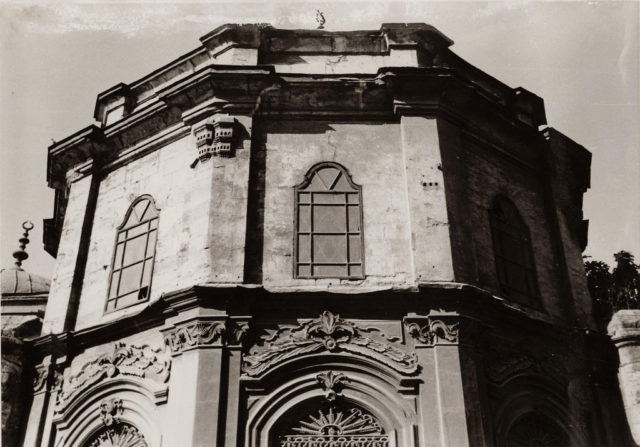
The Turks had already been building birdhouses in the pre-Ottoman period, but the aesthetic was much simpler than in classical Ottoman architecture. Starting at the beginning of the 18th century, birdhouses became an integral part of Ottoman-era architecture.
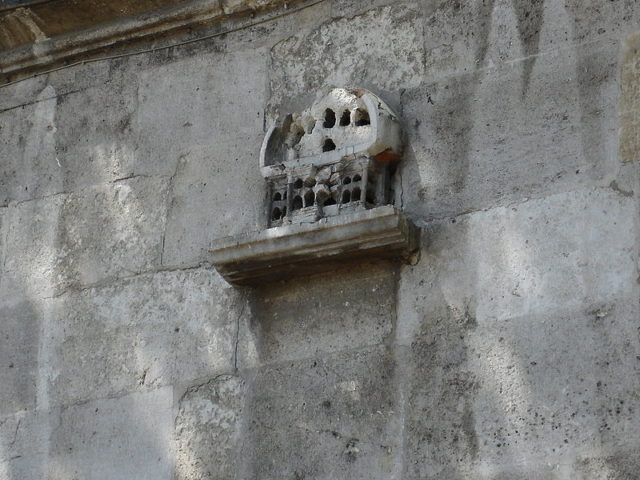
Providing a shelter for birds during harsh weather and freezing winters was the main goal, but building a birdhouse was not an easy task. The look of the structures is undoubtedly stunning and they surely took a lot of time and dedication to construct, but there was something more important here than aesthetics: functionality.
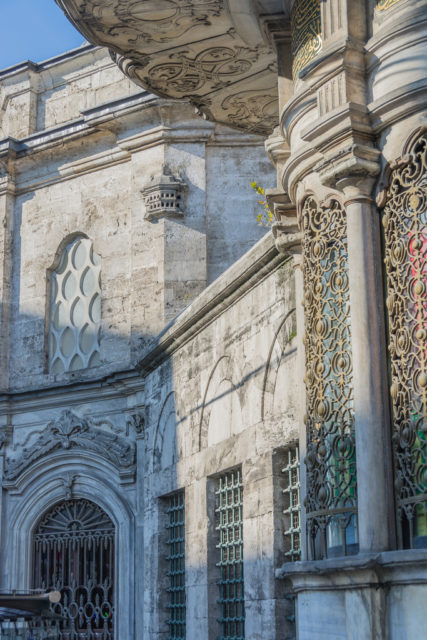
Birdhouses come in many shapes and sizes but there were certain standards required so that birds can feel safe to make the elaborate structures their home. The first priority was to make sure that the birdhouses were not accessible to cats. Wind was another problem, and Ottomans were extremely careful not to expose the birdhouses to strong winds.
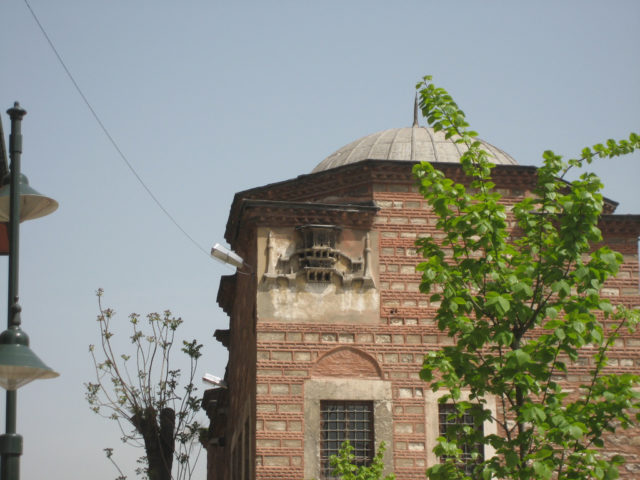
Apart from providing shelter, birdhouses were important from a religious point of view. People believed that if they built a birdhouse, it was a good deed. Over the centuries, birdhouses became an important part of the Ottoman architecture and culture. The Turks adopted several nicknames for the birdhouses, such as “kuş köşkü” (bird pavilions), “güvercinlik” (dovecotes), and “serçe saray” (sparrow palace).
There are not too many birdhouses from the Ottoman era that remain today, but you can find some fine examples in almost every town throughout Turkey. The oldest birdhouse dates back to the 16th century and is visible on the spandrels of the Büyükçekmece bridge, built by the famed Ottoman architect Mimar Sinan.
